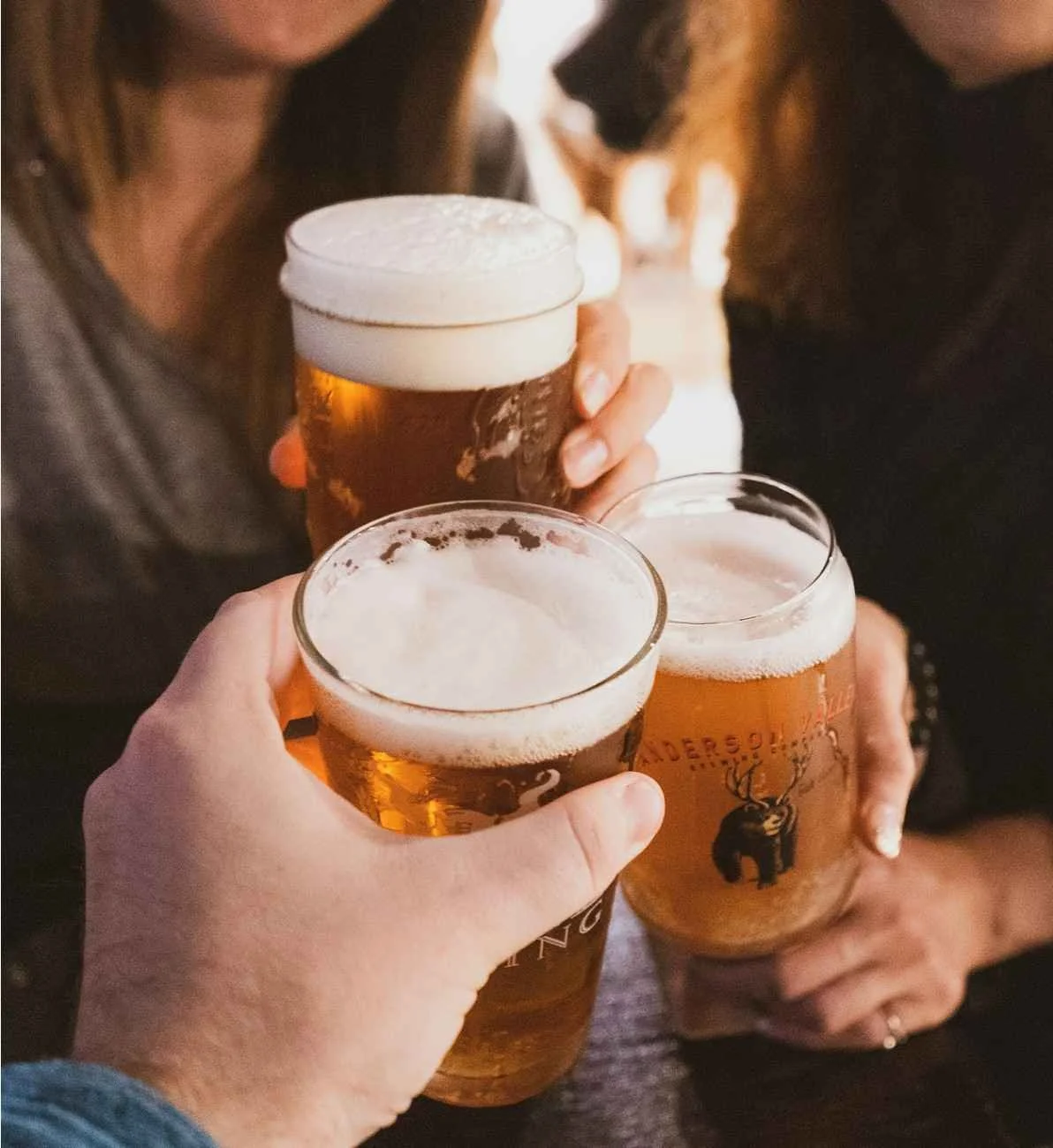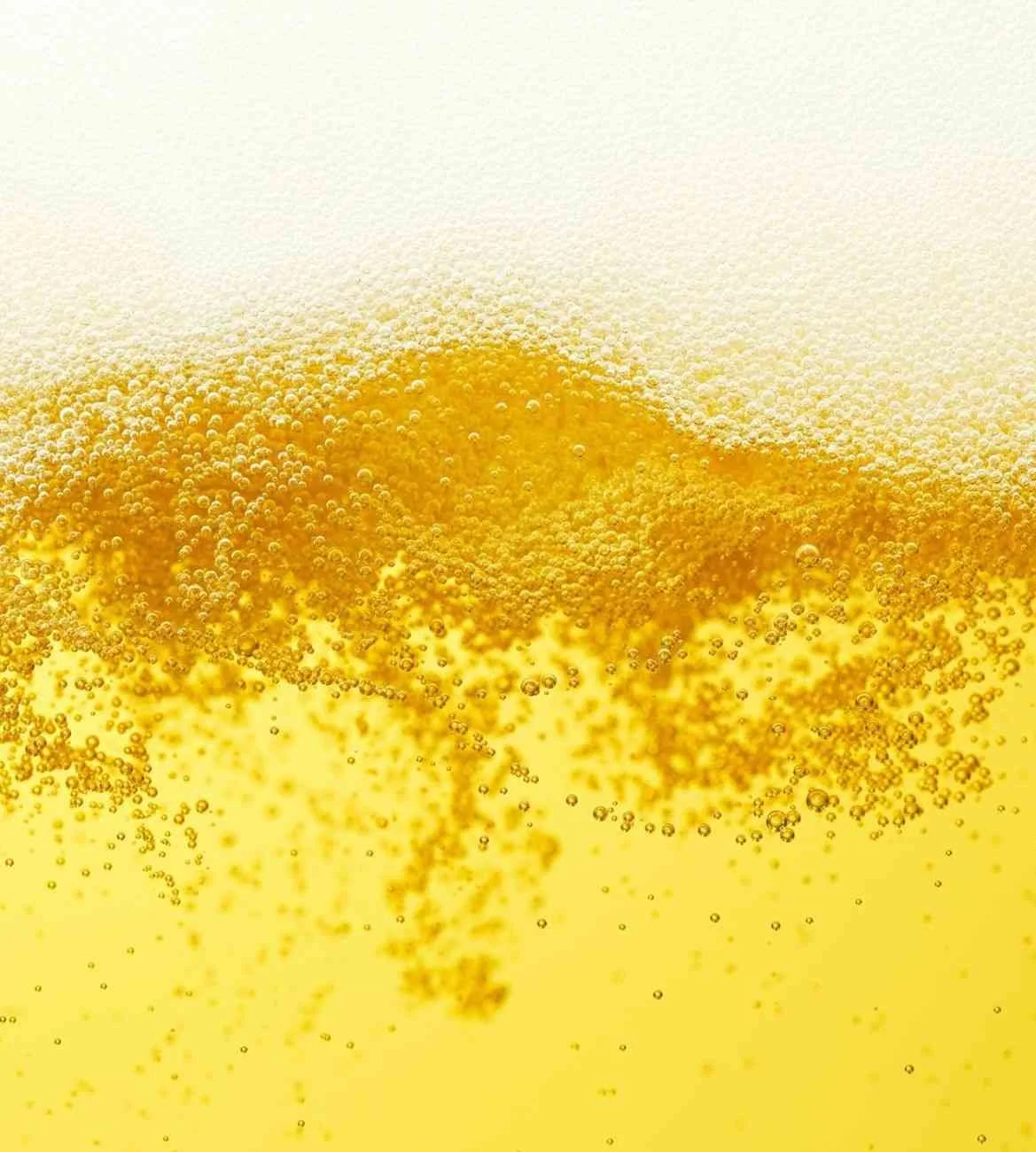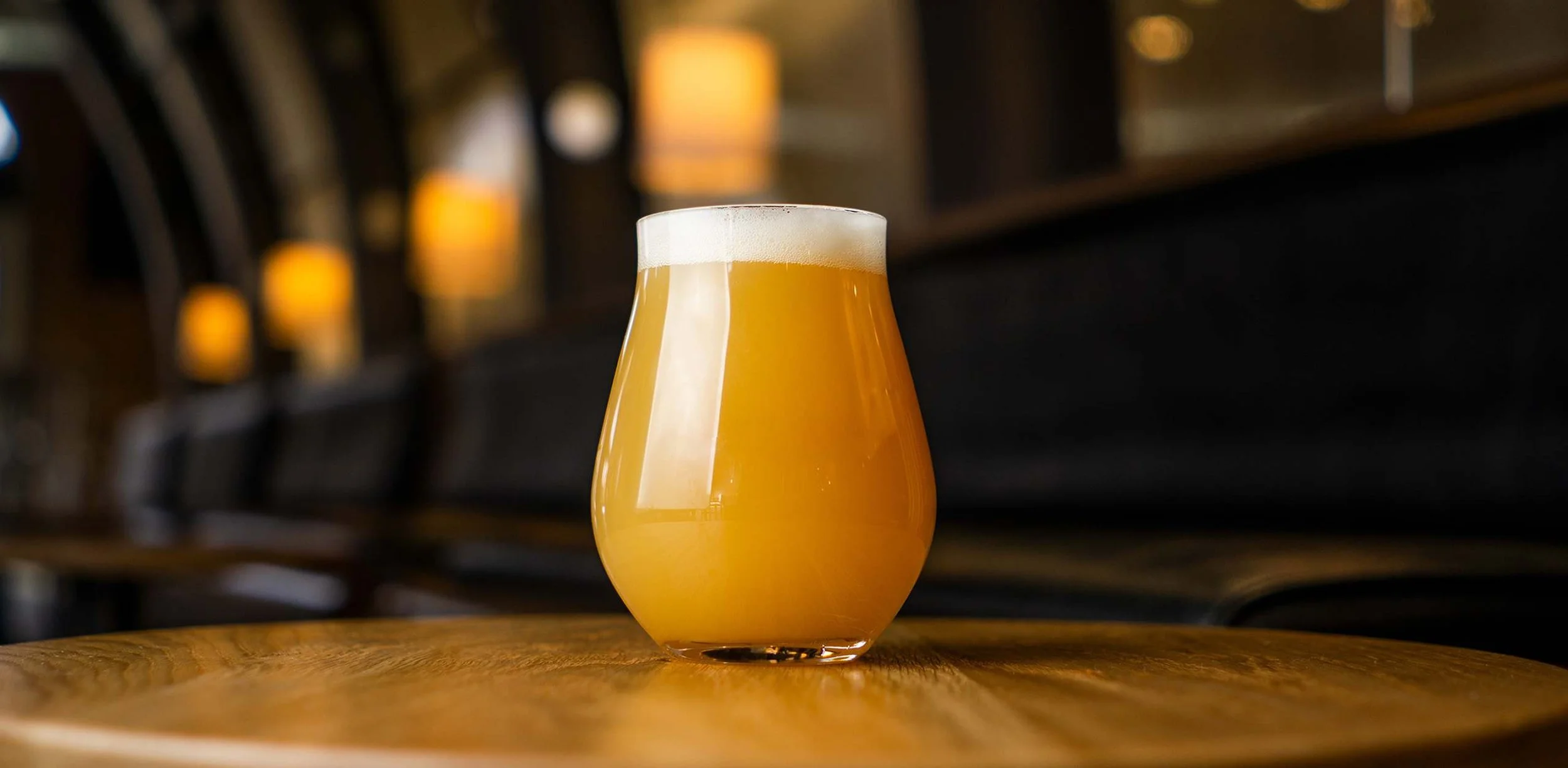Gas Blending in Beer – What to Know
Gas blending in beer is an essential practice for achieving the right taste, texture, and presentation. Different gases, such as carbon dioxide and nitrogen, are combined to create the perfect balance for each beer style. This process affects everything from carbonation levels to head retention and overall mouthfeel, making it a critical consideration for anyone serving beer.
For breweries, bars, and home brewers, understanding gas blending can improve the quality and consistency of the beer they serve. Using the correct blend ensures that draft systems function smoothly and that each pour meets expectations. GS Draft provides expert draft system solutions to support proper gas blending, helping businesses reduce waste and deliver consistent quality.
This article will cover the basics of beer gas, how blends work, their role in draft systems, and tips for achieving optimal carbonation. By the end, readers will have a clear understanding of why gas blending matters and how to apply it effectively.
Beer Gas
Beer gas refers to the gases used to carbonate and dispense beer, which can include carbon dioxide, nitrogen, or a mixture of the two. Each type of gas plays a specific role in maintaining the beer’s quality, ensuring the right texture, and delivering a satisfying drinking experience.
The primary functions of beer gas include:
- Preserving flavor: Proper gas levels help maintain the beer’s intended taste by preventing oxidation and staleness.
- Head retention: Gas creates the frothy head on the beer, enhancing both visual appeal and aroma release.
- Mouthfeel: The type and proportion of gas affect the beer’s texture, from a smooth, creamy feel to a crisp, effervescent finish.
Common types of beer gases used in the industry include:
- Carbon dioxide (CO₂): Standard for most beers, providing natural carbonation and a crisp mouthfeel.
- Nitrogen (N₂): Often used in stouts and creamy beers to create a smoother, velvety texture with smaller bubbles.
- Blended gases: Mixtures of CO₂ and N₂ tailored to specific beer styles to balance carbonation, texture, and taste.

Beer Gas Blend

A beer gas blend is a mixture of different gases, most commonly carbon dioxide and nitrogen, used to achieve the desired carbonation and texture for specific beer styles. Instead of relying on a single gas, brewers use blends to create a balance that enhances the beer’s flavor, mouthfeel, and visual appeal.
Typical gas blend ratios vary depending on the style of beer:
- 70/30 CO₂/N₂: Common for stouts and creamy beers to achieve a smooth, velvety texture with a stable head.
- 50/50 CO₂/N₂: Sometimes used for lighter ales that require moderate carbonation with less foaming.
- 100% CO₂: Standard for most lagers and pilsners that need crisp carbonation and effervescence.
The benefits of using a gas blend over pure CO₂ include:
- Improved texture: Nitrogen adds creaminess and smaller bubbles, giving certain beers a distinctive mouthfeel.
- Better head retention: Blends help maintain a stable, visually appealing foam that lasts longer in the glass.
- Reduced foaming issues: Using the right blend minimizes over-foaming during dispensing, which is especially important for draft systems.
- Style-specific enhancement: Blends allow brewers to match the gas profile to the characteristics of each beer, preserving its intended flavor and drinking experience.
Draft Beer and Gas Equipment
Draft beer systems rely on gas to push beer from the keg to the tap while maintaining the correct carbonation and serving pressure. The type and ratio of gas used directly affect how the beer pours, its taste, and its overall presentation. Proper gas management ensures that each pour delivers the intended flavor, texture, and head.
Using the wrong gas blend can lead to common issues such as:
Excessive foaming: Too much CO₂ or incorrect pressure can cause the beer to foam uncontrollably.
Flat beer: Insufficient CO₂ or the wrong gas mixture can result in beer that tastes flat and lacks effervescence.
Inconsistent pours: Incorrect gas blends may cause uneven flow or bubbles in the line, affecting the drinking experience.
Different beer styles benefit from specific gas mixes:
Stouts and creamy ales: Often served with a 70/30 CO₂/N₂ blend for a smooth, velvety texture and stable head.
Lagers and pilsners: Typically require 100% CO₂ to maintain crisp carbonation and a refreshing mouthfeel.
Wheat beers and IPAs: May use moderate CO₂ blends to balance effervescence with flavor clarity.
Understanding how gas interacts with draft beer systems helps ensure that every pint is served as intended and enhances the overall enjoyment of the beer.
Trust GS Draft for Expert Beer Gas Blending and Tap System Solutions
At GS Draft System Solutions, we know how critical the right gas blend is for beer quality and consistency. That’s why we provide expert draft system design, installation, and maintenance tailored to your beverage program. Our solutions ensure proper carbonation, balanced flavor, and reduced waste, helping your bar or restaurant deliver the perfect pour every time.
From initial setup to ongoing support, we are committed to providing high-quality draft system solutions, ensuring the right gas blend, consistent pour quality, and reliable performance for your business.
Contact us today at (949) 421-3882 or email sales@gsdraft.com to learn how our draft system solutions and gas blending expertise can help you achieve the perfect pour.
